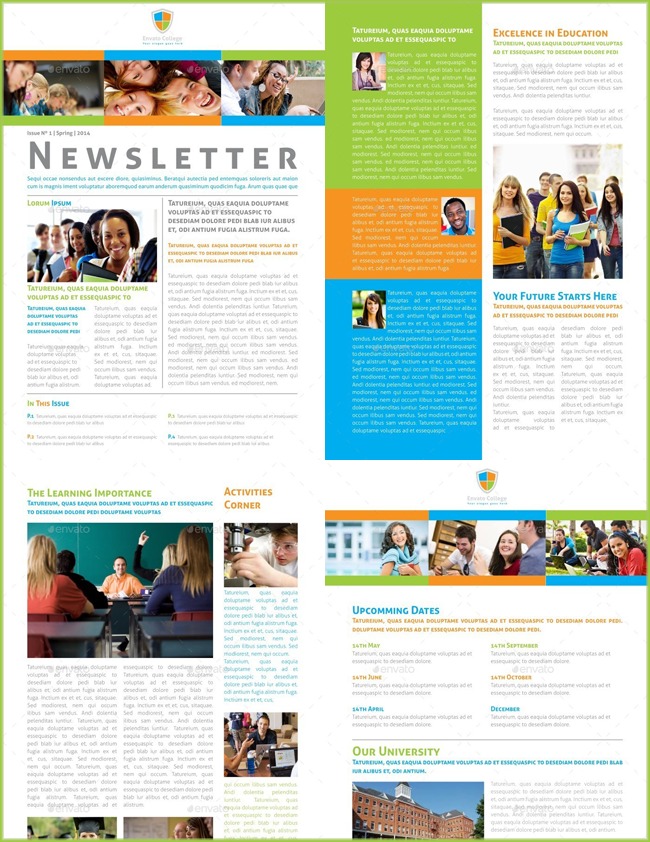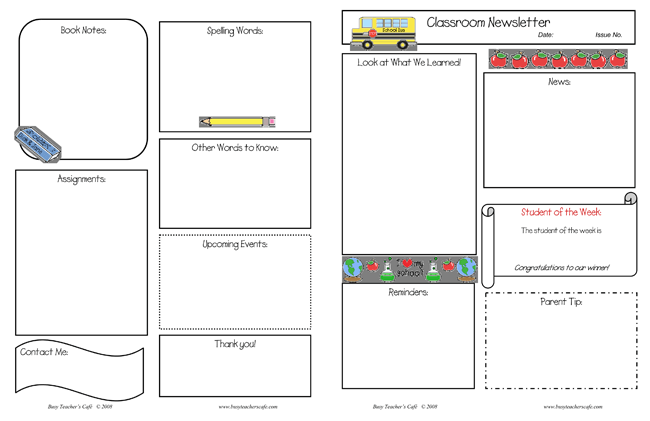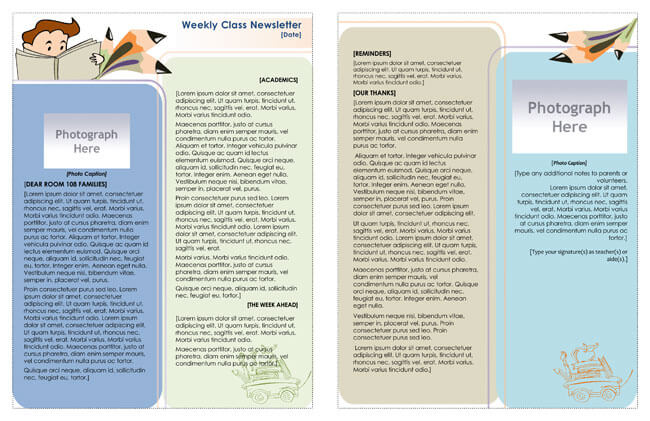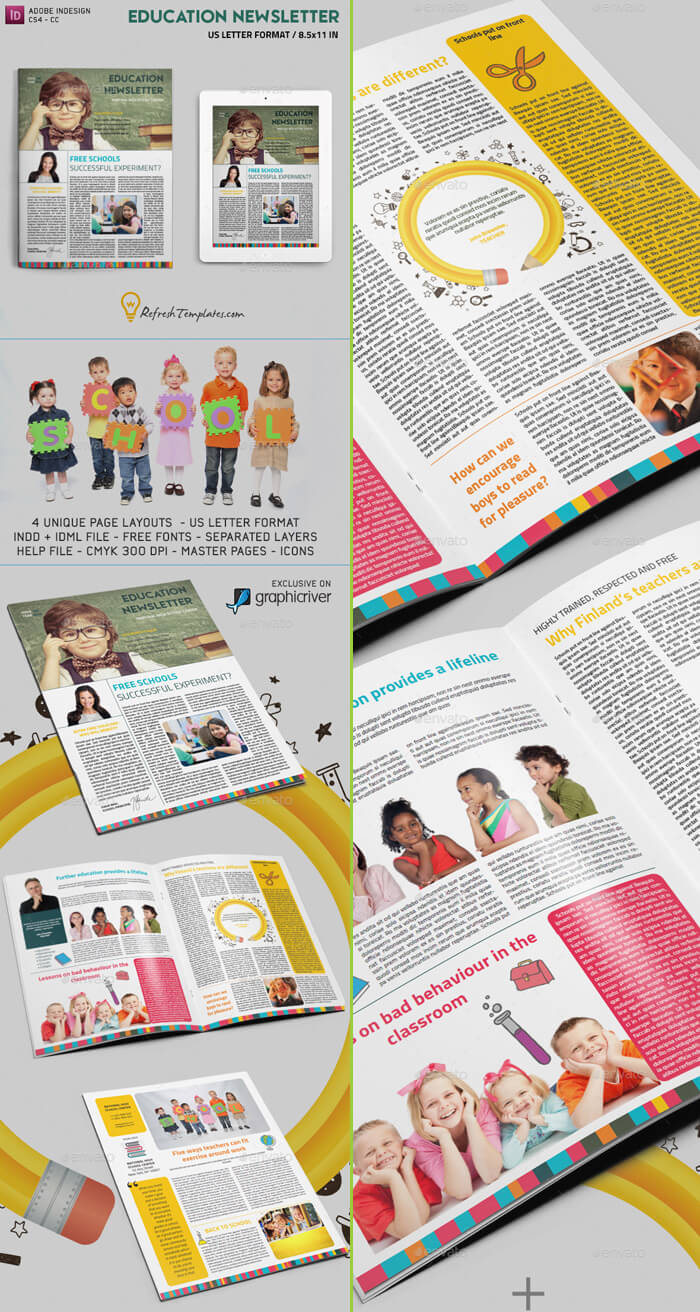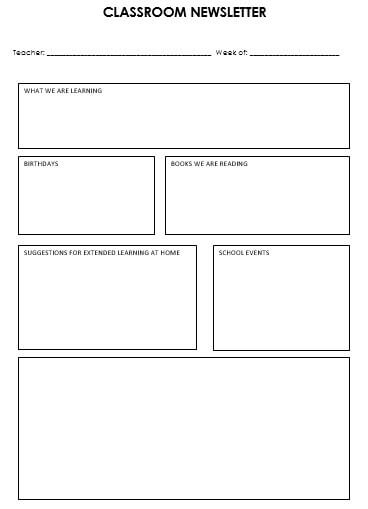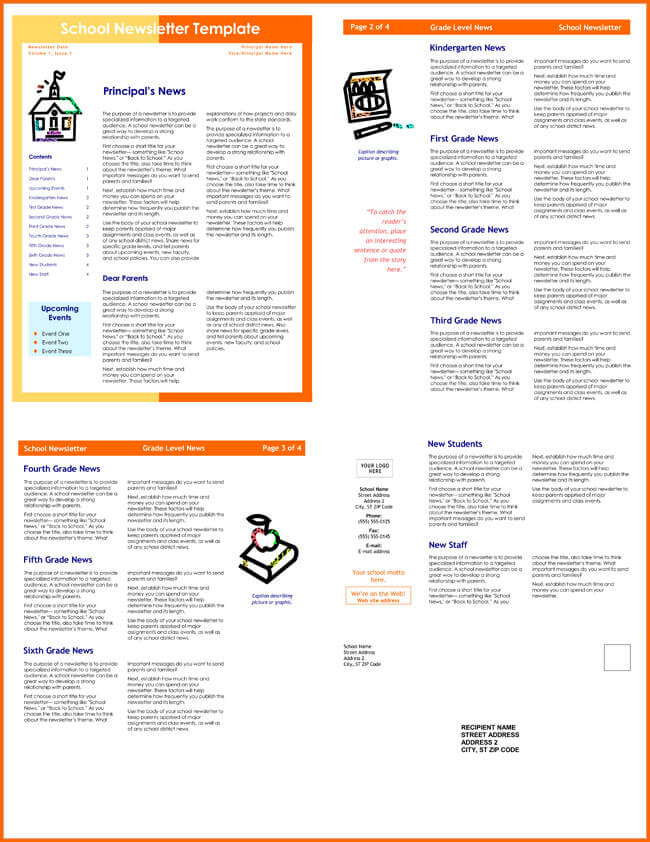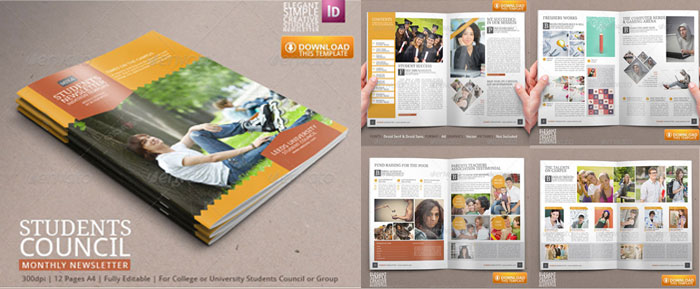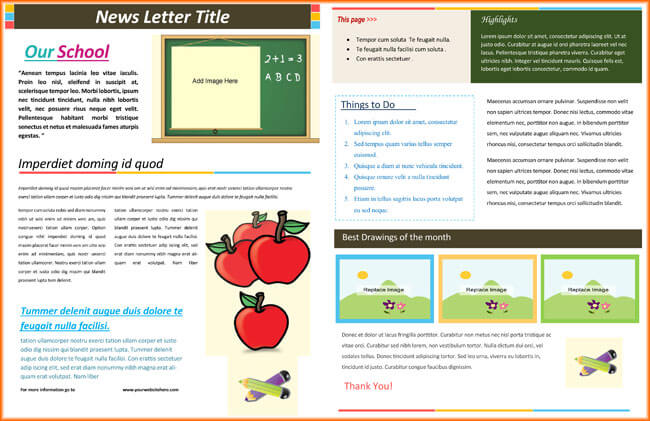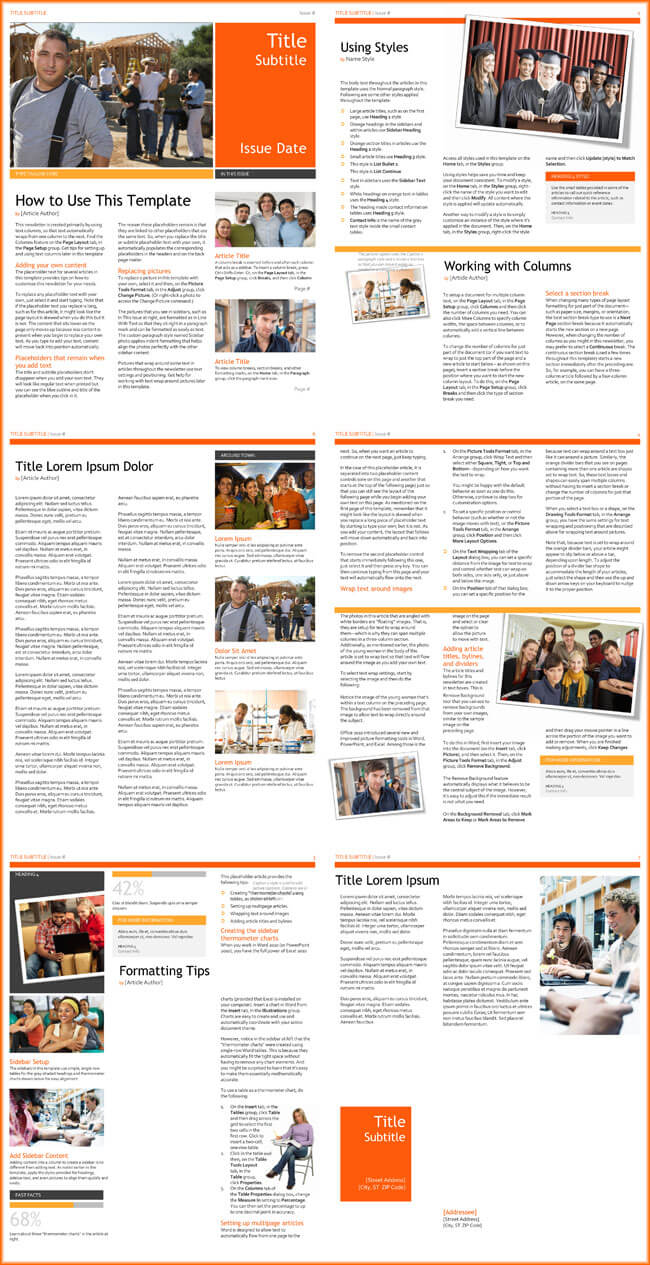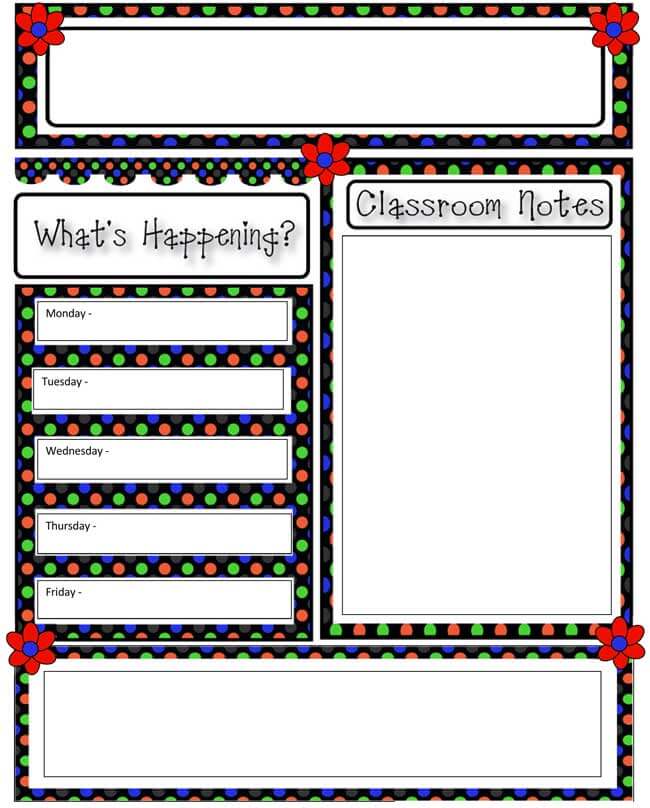Using a Newsletter, you can appear at regular intervals with the target group. You can provide parents, pupils, teachers, the participation council, and the works council with up-to-date information.
A Classroom newsletter template is a ready-to-use newsletter that is just needed to be filled. In this article, a complete guide regarding classroom newsletters is given, but first, here are some benefits of using a newsletter in general:
Benefits of a Newsletter
- Due to the fixed frequency, the recipients know that the Newsletter is coming
- There is ample opportunity to highlight backgrounds;
- You can share more information about topics and also provide them with illustrations
- You can ‘humanize’ the ‘information’ by having it articulated by an employee, student, or parent.
Sections of a Classroom Newsletter Template
Following are the fillable contents of the classroom newsletter template:
Title: It processes the name of the issuer.
Opening article: If the edition does not have a cover page, the Newsletter may have an ‘opening article’ on the front.
Table of Contents: This section of classroom newsletter template gives an overview of the articles and contributions in the relevant edition. It also encourages you to open and continue reading.
Editorial: Accompanying piece of the editorial on the content of the present issue. The editors are accountable for the choices of the subjects and can nuance topics that are present in the edition. The editorial also offers the opportunity to comment on one or more core topics. The editorial also strengthens the bond between the reader and the transmitter.
Current posts: This part of the classroom newsletter template will contain the articles or posts on topics that contain news for the reader. For schools, this includes structural roster changes, maternity leave from one of the teachers, renovation of the school building, a camp or school trip, etc.
Features: Features are articles that explore topics. They generally contain little real news but are mainly about backgrounds. For example, the person behind the new director, the hobby of one of the teachers, opinions of several people on a particular topic.
Looking ahead: In this section of the classroom newsletter template explain what the reader can expect in the upcoming issue.
Colofon: Crisp information about the publisher and people involved in the production. Also, it contains information about the circulation, the purpose, the target group, frequency of appearance, and rules regarding the acquisition of data.
Best Classroom Newsletter Templates
Following are some of the best classroom newsletter templates:
Other Elements to Consider
Following are some things that must be considered while drafting and publishing a classroom newsletter:
Text structure
Headline: indicates what the article is going to talk about. It can also encourage further reading.
Chapeau: introduction above the heading sentence, for example, provides a concise explanation of a quote used in that header.
Lead: the introduction of an article, often printed boldly. Can the reader already ‘provide’ the main points from the information, but can also highlight ‘a certain’ interesting detail and thus hold the reader for the rest of the article.
Intermediate headings: They are used to divide the text into pieces. They make the ‘main theme’ of the next paragraph ‘clear’ in one word. Also, hold the interest of the reader.
Last paragraph: In the ‘last paragraph’ of the article, it is good to summarize the information given for the reader. It will return you to important information and allow the reader to ‘read his knowledge again’.
Distribution
The Newsletter to the students. The letter is given to the members of the FC participation council. The works council or given to children of the members who are in school. Of course, the Newsletter is posted on the school’s website. The Newsletter can also be distributed or given on the open day or parents’ evenings.
Frequency
Your school can decide how often the Newsletter is distributed. At the beginning of the school year, it must determine when and how often each year it comes out. It determines the planning (see below in this chapter) and the expectations that live with the readers. People need to know when to expect the Newsletter.
Design
The design can be outsourced to a desk, for example, Schools with Success. A template can be created in which the Newsletter has a fixed design, but in which the text can be adjusted internally. Use fixed categories, fixed headings, and fixed page layouts. It saves a lot of time.
The Newsletter can be printed or reproduced on the copier. Here you have the choice to copy the Newsletter on the same color paper or each time on a different color.
If you choose to copy the Newsletter, it is also important that any photos used when copying is still clear. If the photos are too dark in color, this will cause dark spots when copying.
Deliver text and photos
In consultation with the designer and the printer, it is determined what kind of file is the easiest to use. Often the text is delivered digitally in plain text. Plain text means that the text is not formatted.
Conclusion
We hope that you will find our guide and classroom newsletter templates useful. Do check out our other free resources and guides to increase your productivity!
